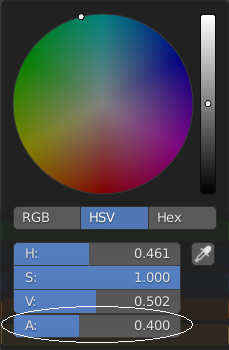@natecraddock Is there an option to turn off those “blue” highlights?
I personally find them unnecessary (and noisy) since the text already change colors when selected.
Maybe an alpha value would do the trick?

@natecraddock Is there an option to turn off those “blue” highlights?
I personally find them unnecessary (and noisy) since the text already change colors when selected.
Maybe an alpha value would do the trick?
